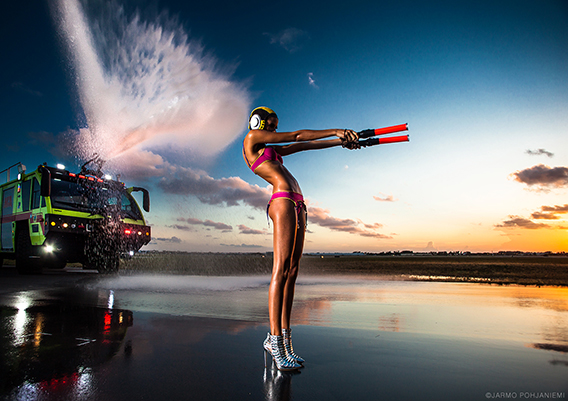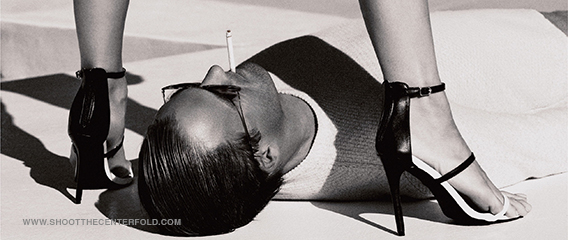Finding Your Photographic Identity
Photography today is more accessible than ever, yet the challenge of standing out has never been greater. Many photographers begin their journey by imitating the work of others, and that’s not a bad thing. In fact, it can be an excellent starting point. Recreating the masterpieces of established photographers helps you understand composition, lighting, and mood. But imitation should only be the first step, not the destination.
True photographic identity isn’t found in copying. It’s discovered when you learn the foundations, master your tools, and ultimately allow your own vision to shine through.
Master the Basics Before Breaking the Rules
Every successful photographer knows that great images don’t just happen. They are built on a foundation of strong basics, exposure, composition, and above all, lighting. The camera should be an invisible extension of your eye and mind. If you find yourself fumbling with settings, you risk missing the very moment you set out to capture.
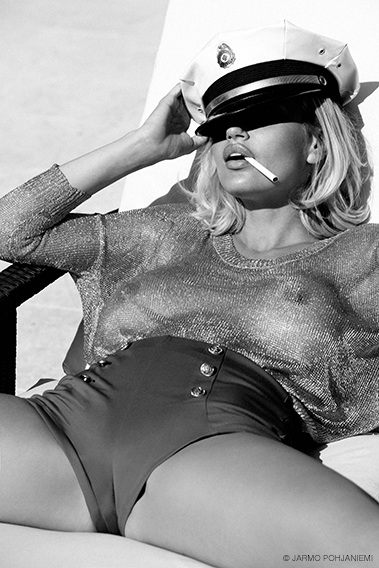
Your camera should be an invisible extension of your vision — not a distraction that costs you the moment.
This is especially true when photographing people. A model’s expression, a fleeting gesture, or a subtle spark in their eyes can vanish in an instant. If you’re still adjusting your camera, you risk capturing only the echo of that moment, a staged look rather than authentic emotion.
Your equipment should never slow you down; it should support your instinct. Think of a photographic session with your model as an ongoing dance, a rhythm of connection and trust, where you capture not just poses but the very essence of the person. This approach is well established in fashion photography, more so than in glamour, and it brings greater life and continuity to your image sequences.
Copy Less, Create More
It’s natural to be inspired by others. We’ve all seen images where the style feels familiar — not because of the photographer behind the lens, but because it echoes another artist’s signature look. That’s the danger of leaning too heavily on imitation: the credit for the style never truly belongs to you.
What separates good photographers from visionary ones is the ability to transform inspiration into originality. Finding a style that reignites your passion, one that feels unmistakably yours, is what creates a recognizable identity. That identity is your visual signature, the thing people will remember long after they’ve left your portfolio.
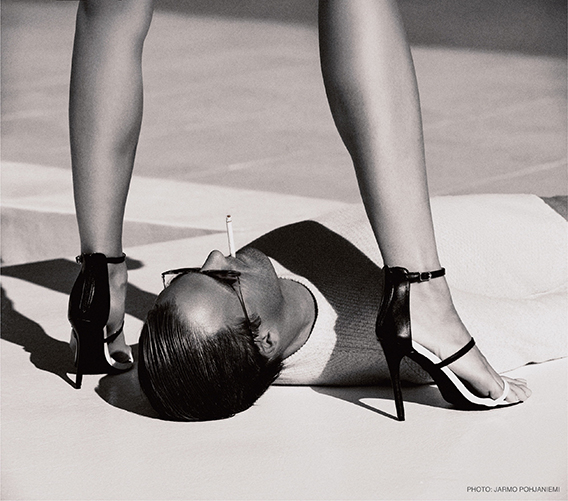
The Role of Workshops and Seminars
Are workshops and seminars valuable? Absolutely. They’re excellent places to learn technique, refine your skills, and be inspired. Too often attendees focus on taking home “portfolio-ready” shots rather than absorbing the lessons that will help them create their own work. A collection of cookie-cutter images may look impressive on the surface, but it does little to grow your personal identity as an artist.
The real takeaway from any workshop should not be the staged shots you capture there, but the knowledge and perspective you gain, tools you can use to create something entirely your own.
A Personal Lesson
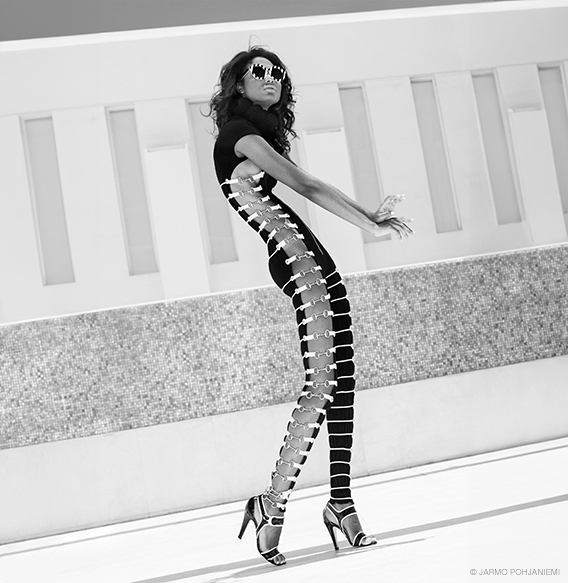
When I was young, my father told me something that has stuck with me ever since:
Son, don’t do as I do — do as I say instead.
It was his way of reminding me to learn from his wisdom, not just mimic his actions. The same applies to photography. Learn from others. Study the masters. Absorb the fundamentals. But then take those lessons and make them your own.
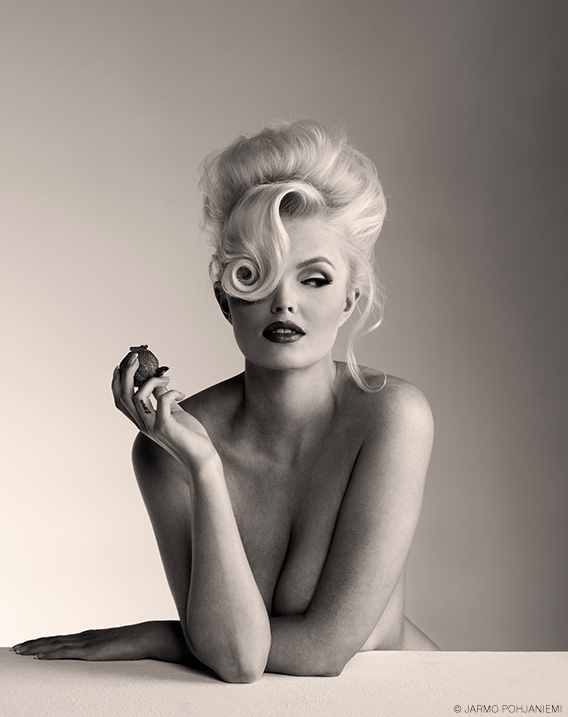
Finding a Style as a Young Photographer
Photography is both discipline and artistry, the discipline born from practicing, studying, and mastering your craft, and the artistry coming from what only you can bring: your perspective, your stories, your voice. I hope my thoughts above have inspired you to set meaningful goals and cultivate the mindset needed to develop your photographic identity.
You don’t need to be a professional to understand who you are or shape your creative vision, this truth holds across all artistic journeys. Some aim too high, others too low; the key is finding your authentic voice. Once you do, share it boldly and let your photography tell your unique story.
Jarmo Pohjaniemi – ShootTheCenterfold.com
